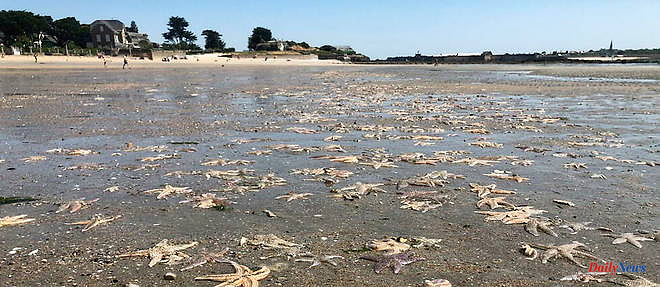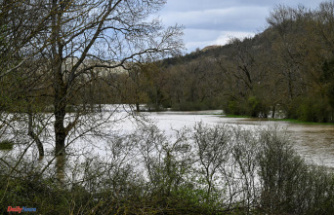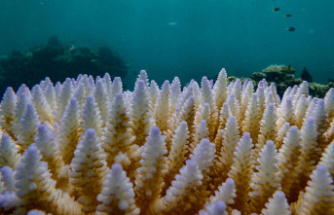Asked by our colleagues from TF1, the inhabitants of Larmor-Plage, in Morbihan, do not believe their eyes. "I've never seen that," one of them said in a 1 p.m. news report. And for good reason, the spectacle offered is unusual: hundreds of starfish litter the ground of several Breton beaches, sometimes going so far as to completely cover the long sandy stretches.
But, if this spectacle appears aesthetic, the truth is less joyful. Many of these marine animals died, exposed and then bleached by the sun's rays. The others, who try to reach the sea, are in great danger of being devoured by gulls. Veterinary students tried to put them back in the water because "they risk dying and drying up on the beach". According to them "it's not dangerous to touch them, it doesn't sting at all".
How to explain such a massive stranding of starfish on the shore? While some are talking about a possible "water warming" (which corresponds to a certain reality, the Atlantic Ocean having experienced an increase in temperature in 2022 for the seventh consecutive year), scientists from the Concarneau marine station support rather the thesis of a bacterium.
According to a biology enthusiast interviewed by TF1, the stranding of starfish "is not dangerous for the species". "If they feel there is a danger to the species at a present moment," he said, "they can take advantage of this to try to reproduce as much as possible so that the next generation has a chance of surviving." The authorities, on the other hand, recommend not touching these starfish as much as possible.












